
Voltage & Current: first in a series of posts explaining the basics of electricity and metering
Digging into the basics of electricity and metering
Electricity is at the very core of our society. It allows buildings to have light, heat, or cold. It powers machines, electronics, and even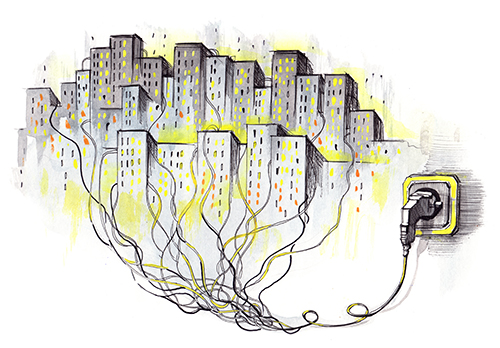 some cars. We pay monthly for the use of electricity, and try to conserve as much of it as we can. From the Merriam-Webster dictionary, electricity is defined as:
some cars. We pay monthly for the use of electricity, and try to conserve as much of it as we can. From the Merriam-Webster dictionary, electricity is defined as:
A fundamental form of energy observable in positive and negative forms that occurs naturally (as in lightning) or is produced (as in a generator) and that is expressed in terms of the movement and interaction of electrons.
This defines electricity as an energy that can occur naturally or can be produced, and the various means with which it can be expressed involve the interaction of electrons. In a simpler form, electricity is a form of energy that can be expressed in terms of voltage and current.
What is Voltage?
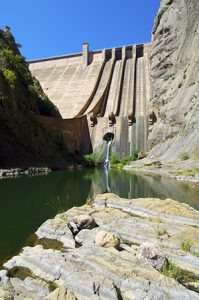 Put very simply, voltage is nothing more than a difference in potentials. Voltage has the potential to do something. Think back to childhood, and scuffing your feet on the floor. You feel your hair stand up on end. This is because you are building a charge. Once you touch your sibling on the ear with your finger, a difference in potential occurs, and you deliver a rather violent shock to their ear.
Put very simply, voltage is nothing more than a difference in potentials. Voltage has the potential to do something. Think back to childhood, and scuffing your feet on the floor. You feel your hair stand up on end. This is because you are building a charge. Once you touch your sibling on the ear with your finger, a difference in potential occurs, and you deliver a rather violent shock to their ear.
One of the more common methods to visualize voltage is to imagine the pressure in a water pipe. If the pipe is empty, there is no water flowing, and the pressure is just there. Another means of visualizing voltage is to imagine a lake full of water, confined by a dam. Until the dam opens the gates and ceases to impede the water flow, it merely sits there doing nothing. Voltage does not “flow”, current flows. Which leads to the next question, what is current?
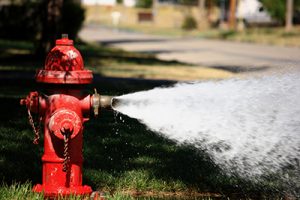 What is Current?
What is Current?
If voltage is considered the force or pressure in a pipe, then current will be the water that flows in the pipe. For current, it is correct to describe it as flowing, as current flows from one point to another, along a conductor of some sort, through the path of least resistance. There can be a voltage without current (battery, capacitor), but current needs to have a voltage present (except in very rare occurrences).
What is Resistance?
For current to flow, there must be a conductor between the two potentials in voltage. Every conductor will have what is known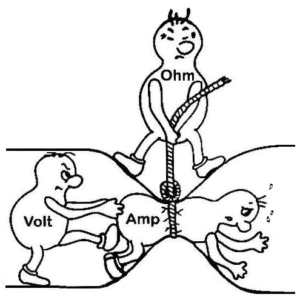 as resistance. Resistance does exactly what the name implies it does, it resist the flow of current. Resistance is measured in ohms, and is fundamental to understanding the relationship between voltage and current. The higher the resistance, the less current will flow, the less resistance, the more current.
as resistance. Resistance does exactly what the name implies it does, it resist the flow of current. Resistance is measured in ohms, and is fundamental to understanding the relationship between voltage and current. The higher the resistance, the less current will flow, the less resistance, the more current.
Ohm’s law describes the relationship between these three in the formula:
V=IR
V = Voltage (Volts)
I = Current (Amps)
R = Resistance (Ohms)
How does this work?
Remember basic science class where atoms were first discussed? How atoms make up our world, and they themselves are formed of electrons, protons and neutrons? When an element has excessive amounts of protons, giving it a positive charge, and another element has less protons, with a negative charge, there is now a difference of potential between the two elements. Placing a conductor between these two points then creates a current, which excites the electrons, causing them to flow along the conductor.
Take a lake for example. Assume a dam has been built between the lake and the river below. When the dam allows the water to pass through, the water will flow from the lake, to the river, to some other point down-river such as an ocean. For this example, we will assume the river flows from the lake to the ocean. We have two differences in potential now, a lake, and an ocean. We have a river bed, which is going to play the part of the conductor, and we have the dam, which represents a large amount of resistance. When the dam opens the gates, there is now a path of very little resistance from one potential to the other. Water flows from the lake, down the river bed, and to the ocean. The more the gate opens (less resistance) the more water (current) will flow.
AC/DC
There are two types of voltage systems, those that contain alternating current (AC), and those that contain direct current (DC). AC is what powers our homes, keeps our lights on, and keeps our house cool. DC is typically anything powered by a battery, or even some electronic components. AC changes direction every half cycle, from a positive value, to a negative value and back again. DC maintains either a positive, or negative value and does not change. AC will have a frequency (how often it repeats), and an amplitude (how “big” the peaks are). With DC there is no frequency, just amplitude.
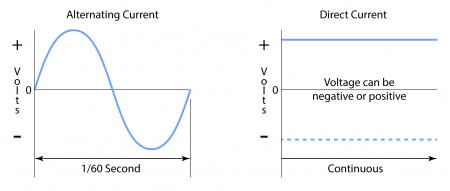
Returning to our example of water being electrical current, consider the ocean waves on a shore line as alternating current. The waves come in, they go out. Depending on what happens in the ocean, they can come in further, or retreat further. In this example, the ocean itself is our voltage, or potential. Strong storms in the ocean create the potential for greater waves. How often the waves come in would be its frequency, while how tall the waveforms are would be its amplitude.
DC would be similar to our previous example of the river. It flows in one direction only. Its amplitude, or how deep the water gets, is related to how much water is allowed to flow from the lake, to the river, via the dam.
Measuring Voltage and Current
The basis of measurement is knowing what quantities one is wanting to measure. For voltage, the unit will be in Volts, for current, the unit is in Amps. Voltage measurement is measuring the difference in potential between two points, while current measurement is measuring the flow between the two potentials.
Going back to the lake, if one measured the depth and width of the lake and the ocean and came up with two values, the difference in those values would equate to a voltage measurement. Measuring the rivers flow, which is a measurement of how much water is actually moving, becomes the same as a current measurement.
In Summary
Even though getting into advanced electricity can be daunting and confusing, breaking it down into smaller sections is a great way to build basic understanding. Current flows just like water does, and water current and electrical current behave in the same manner. Both flow along the path of least resistance, and both flow from one potential to another. Voltage does not flow, but represents the force, or the ability to make something flow.

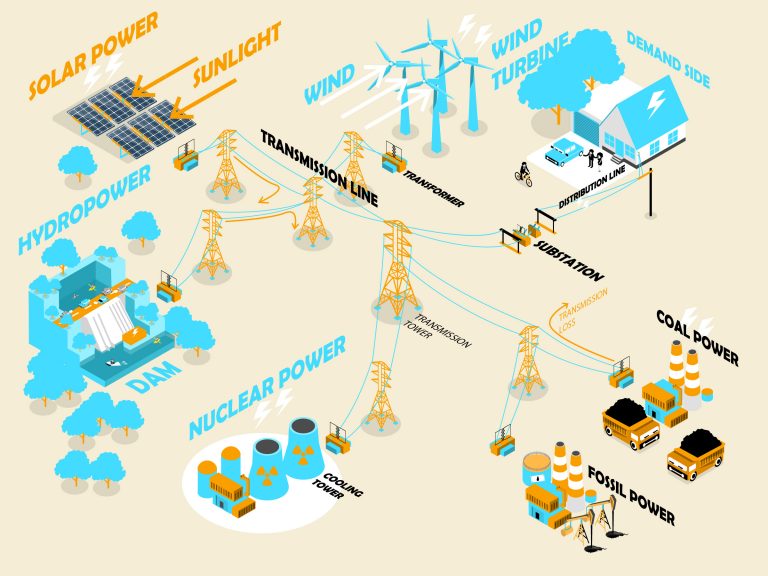
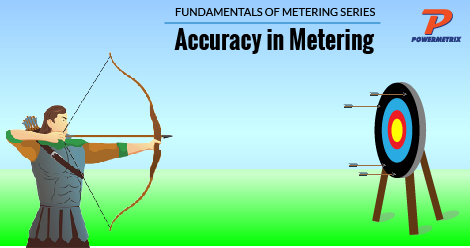


Thanks for sharing information. is very helpful and informative.
Thanks for sharing information. is very helpful and informative.